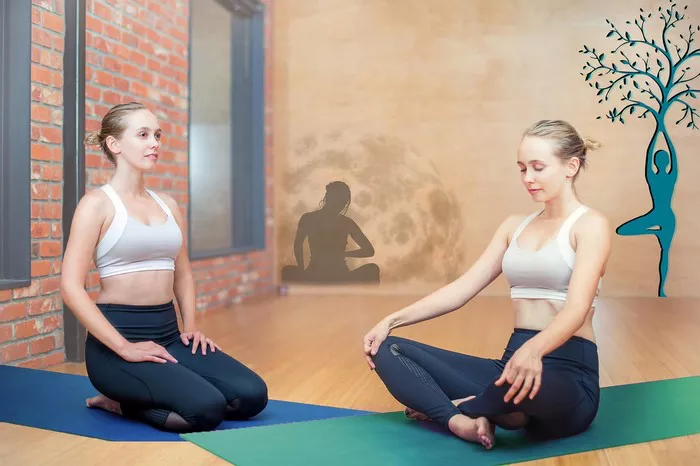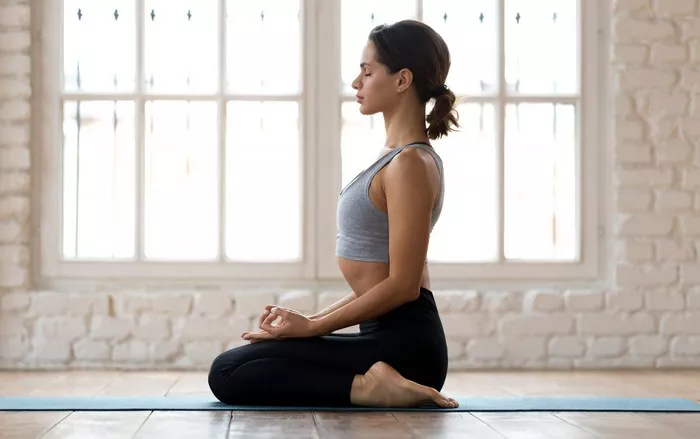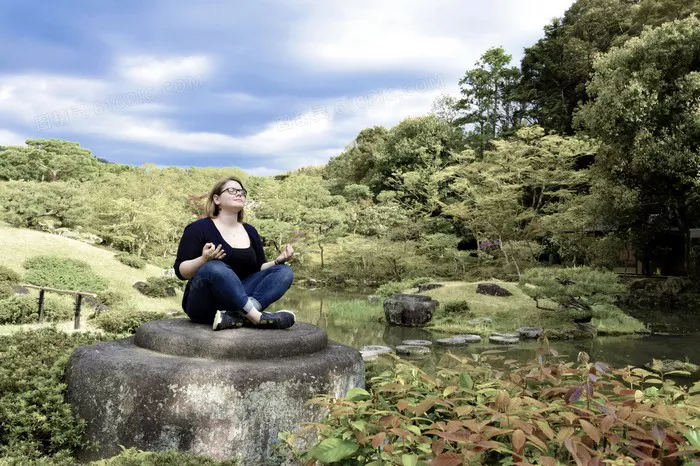Vinyasa yoga is a dynamic and flowing style of yoga that links breath with movement. Unlike static styles of yoga where poses are held for extended periods, Vinyasa emphasizes continuous movement, creating a smooth transition from one pose to another. This fluid practice is often likened to a moving meditation, helping practitioners develop strength, flexibility, balance, and mindfulness.
Understanding how Vinyasa yoga transitions from one pose to the next is essential for both beginners and experienced practitioners. Proper transitions enhance the practice, preventing strain and injury while maintaining the integrity of each posture. This article explores the key principles of Vinyasa flow, common transitions, and techniques to refine your movement between poses.
The Principles of Vinyasa Yoga Transitions
Breath-Synchronized Movement
The hallmark of Vinyasa yoga is linking each movement to the breath. Typically, inhalations are associated with upward, expansive movements, while exhalations correspond to downward, grounding actions. This rhythmic breathing guides the body seamlessly from one posture to another, fostering a state of presence and focus.
Smooth and Controlled Transitions
Rushed or jerky transitions can lead to misalignment and injury. Practitioners are encouraged to move with control, engaging core muscles and maintaining awareness of body mechanics. Proper alignment ensures that transitions are as intentional as the poses themselves.
Awareness of Weight Distribution
Effective movement requires awareness of how weight shifts between different body parts. For example, transitioning from Chaturanga Dandasana (Four-Limbed Staff Pose) to Upward-Facing Dog involves a controlled shift from arm engagement to spinal extension, preventing strain on the wrists and shoulders.
Mindful Engagement of Muscles
Engaging the appropriate muscle groups prevents collapse and instability. In transitions involving balance, such as stepping from Downward-Facing Dog into a lunge, activating the core and stabilizing muscles helps maintain smoothness and precision.
Common Transitions in Vinyasa Yoga
Sun Salutations (Surya Namaskar)
Sun Salutations are a foundational sequence in Vinyasa yoga, illustrating how breath and movement synchronize seamlessly. A standard Sun Salutation transition might look like this:
- Inhale: Raise arms overhead (Urdhva Hastasana).
- Exhale: Fold forward into Uttanasana (Standing Forward Bend).
- Inhale: Lift halfway (Ardha Uttanasana).
- Exhale: Step or jump back into Chaturanga Dandasana.
- Inhale: Lift into Upward-Facing Dog.
- Exhale: Move into Downward-Facing Dog.
- Inhale: Step forward, lifting halfway again.
- Exhale: Fold forward.
- Inhale: Rise to standing.
- Exhale: Return to Tadasana (Mountain Pose). This sequence embodies the essence of Vinyasa’s fluid transitions.
Chaturanga to Upward-Facing Dog to Downward-Facing Dog
This is one of the most common transitions in a Vinyasa flow:
- Lower from Plank to Chaturanga (exhale).
- Roll over the toes and lift the chest into Upward-Facing Dog (inhale).
- Push back into Downward-Facing Dog (exhale). The key is to use core engagement and arm strength to maintain control rather than collapsing into each pose.
Warrior Poses Transitions
Moving between Warrior I, Warrior II, and Reverse Warrior requires mindful weight shifts and hip alignment:
- From Downward Dog, step one foot forward (inhale).
- Ground the back foot and lift into Warrior I (exhale).
- Open into Warrior II by adjusting the hips and arms (inhale).
- Flow into Reverse Warrior by reaching back (exhale).
Standing Balance Transitions
Movements such as shifting from Tree Pose (Vrksasana) to Warrior III require stability and core strength:
- Engage the standing leg and core.
- Slowly hinge forward from the hips.
- Extend the lifted leg behind you with control.
- Maintain balance by focusing on a drishti (gazing point).
Techniques to Improve Transitions
Move with Intention
Each transition should be executed with mindfulness. Avoid rushing through movements; instead, focus on precision and breath control.
Build Core Strength
A strong core provides stability, making movements smoother and more controlled. Incorporate core-strengthening exercises like Boat Pose (Navasana) and Forearm Plank.
Use Props if Needed
Blocks, straps, and other props can aid transitions. For instance, placing blocks under your hands can ease the transition from Downward Dog to a lunge.
Refine Breath Awareness
Pay attention to the rhythm of your breath. Practicing Ujjayi breathing (a deep, controlled breath through the nose) can enhance breath coordination with movement.
Practice Slow Motion Transitions
Slowing down movements builds strength and control. Try moving between poses in slow motion to refine alignment and balance.
The Benefits of Mastering Transitions
Enhanced Body Awareness
Moving with intention deepens understanding of body mechanics and alignment, reducing the risk of injury.
Increased Strength and Flexibility
Smooth transitions engage muscles dynamically, improving strength and mobility over time.
Greater Mindfulness and Focus
Conscious movement fosters a meditative state, helping practitioners stay present and cultivate inner peace.
Fluidity and Grace in Practice
Mastering transitions creates a sense of effortless flow, making the practice more enjoyable and aesthetically pleasing.
Conclusion
Vinyasa yoga is more than just a sequence of poses—it is the seamless connection between movements that defines its essence. By focusing on breath synchronization, controlled transitions, and mindful movement, practitioners can cultivate a fluid and harmonious practice. Whether you are a beginner or an advanced yogi, refining transitions enhances both the physical and meditative aspects of Vinyasa yoga, allowing you to experience the full benefits of this beautiful practice.
Related topics:






















